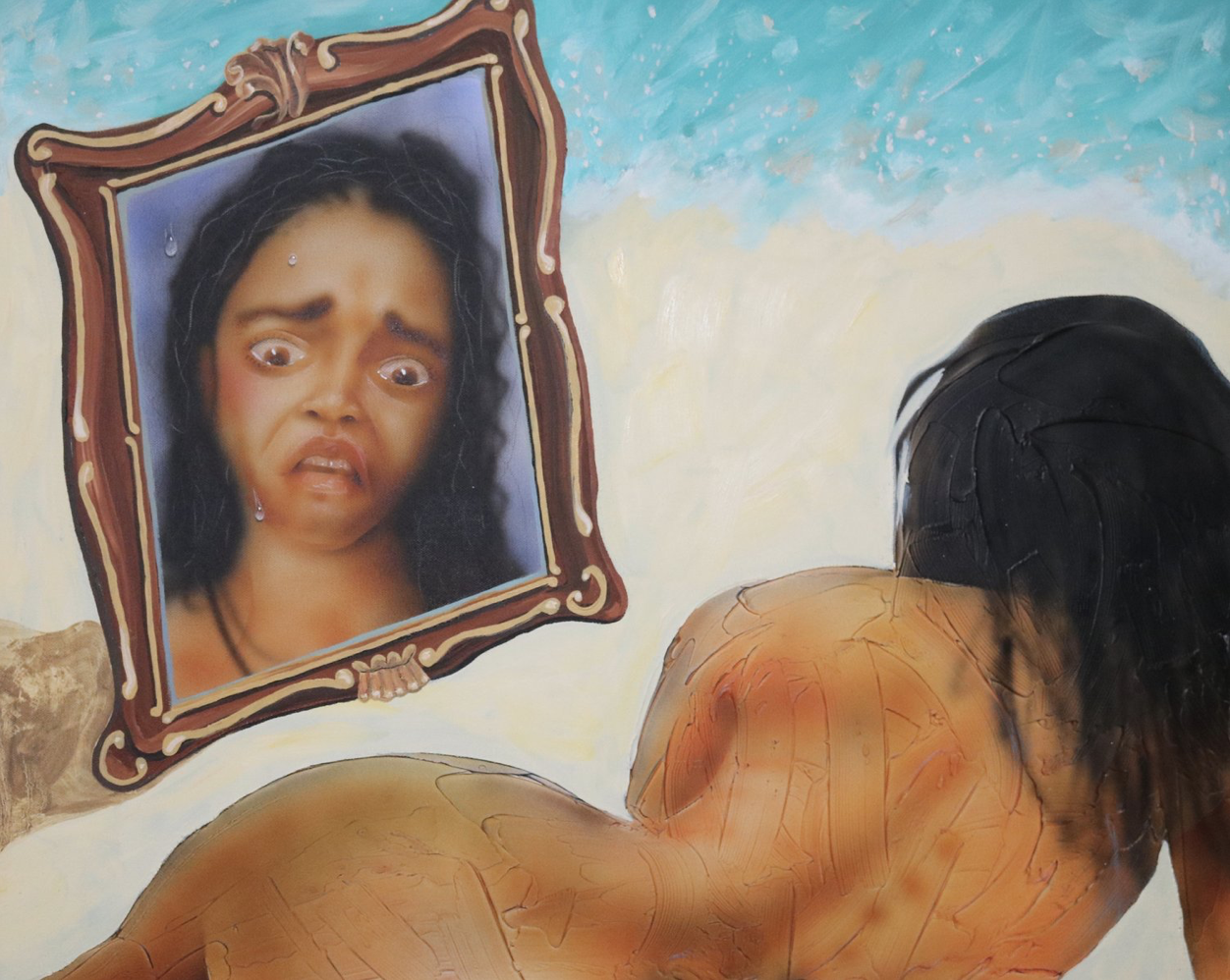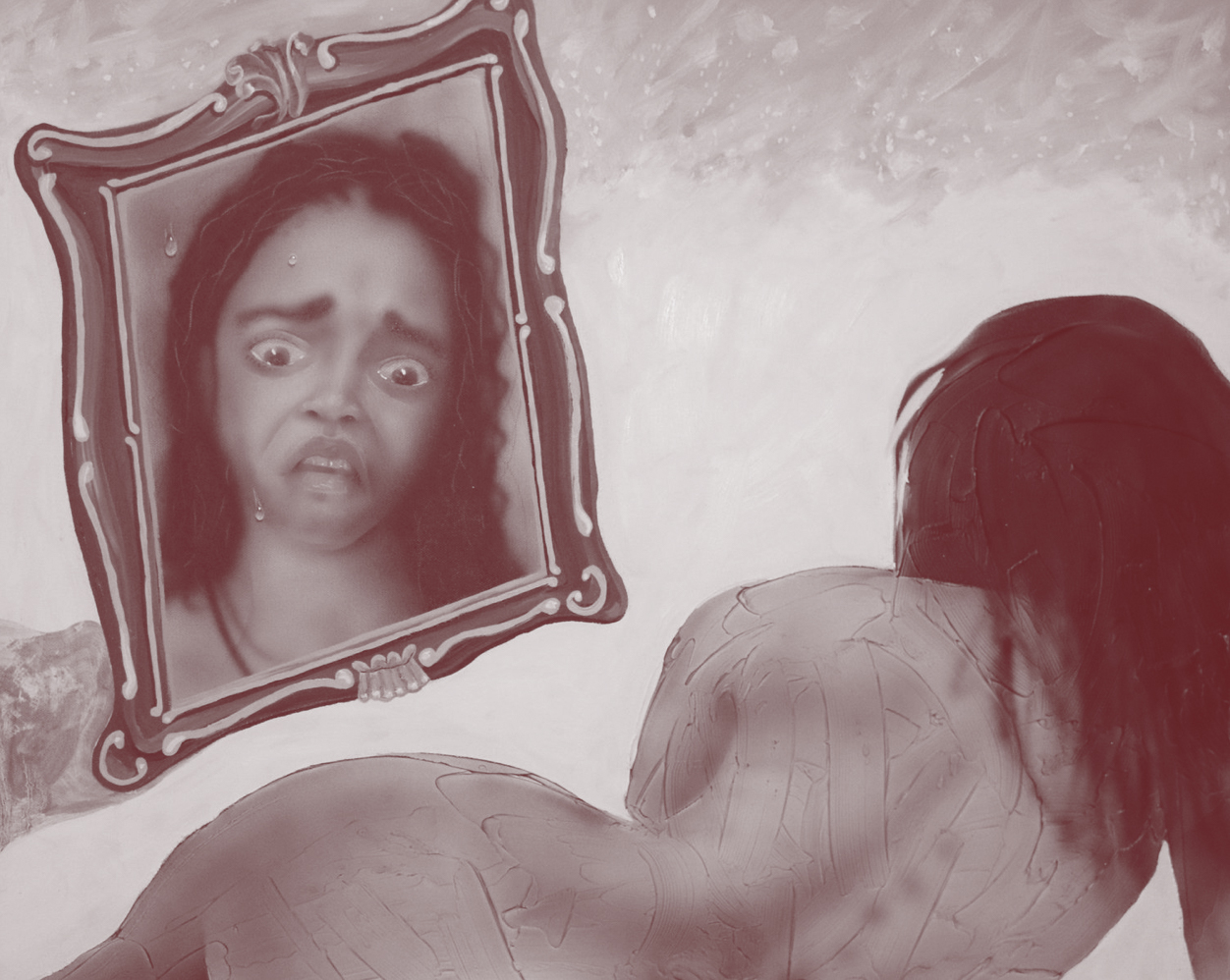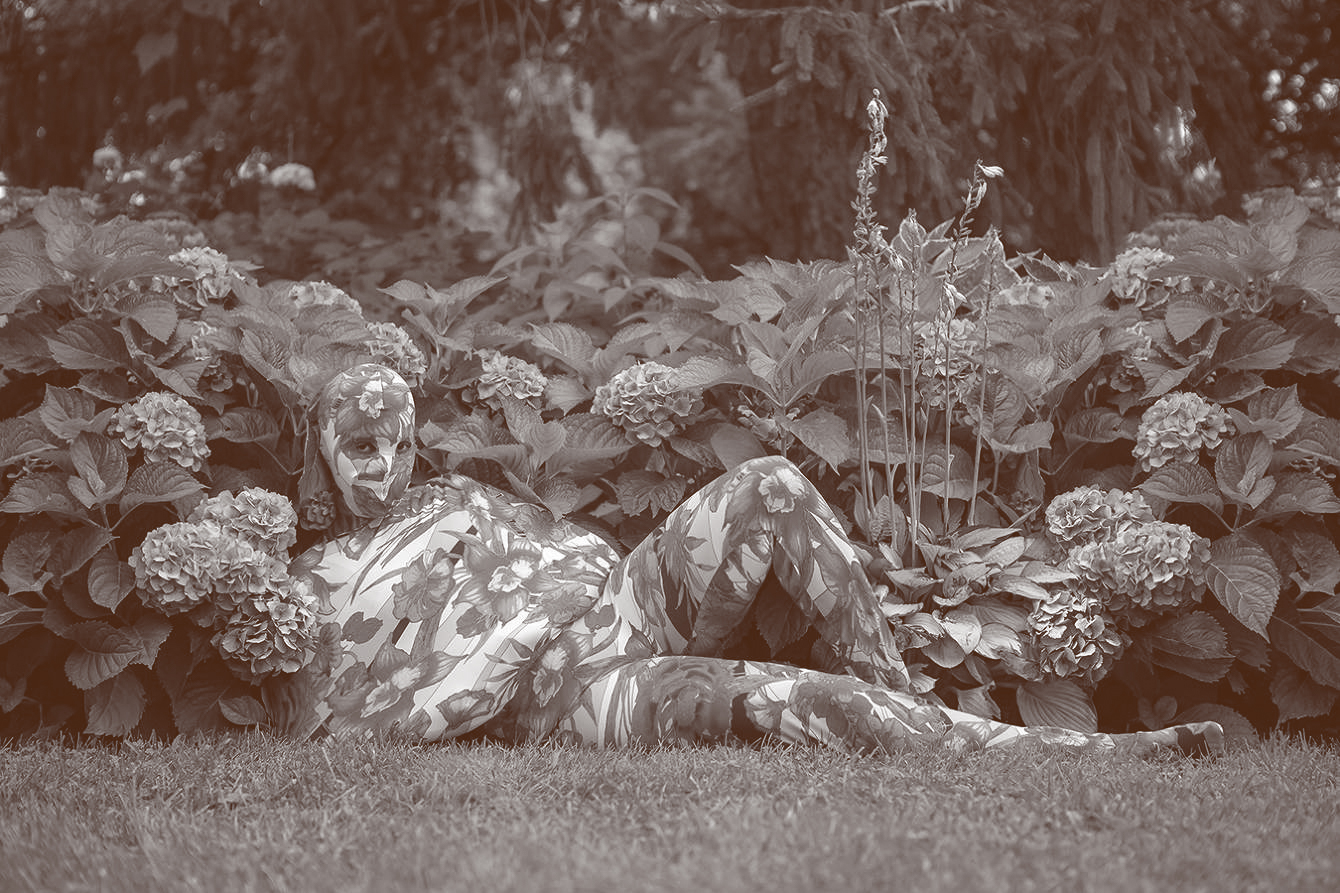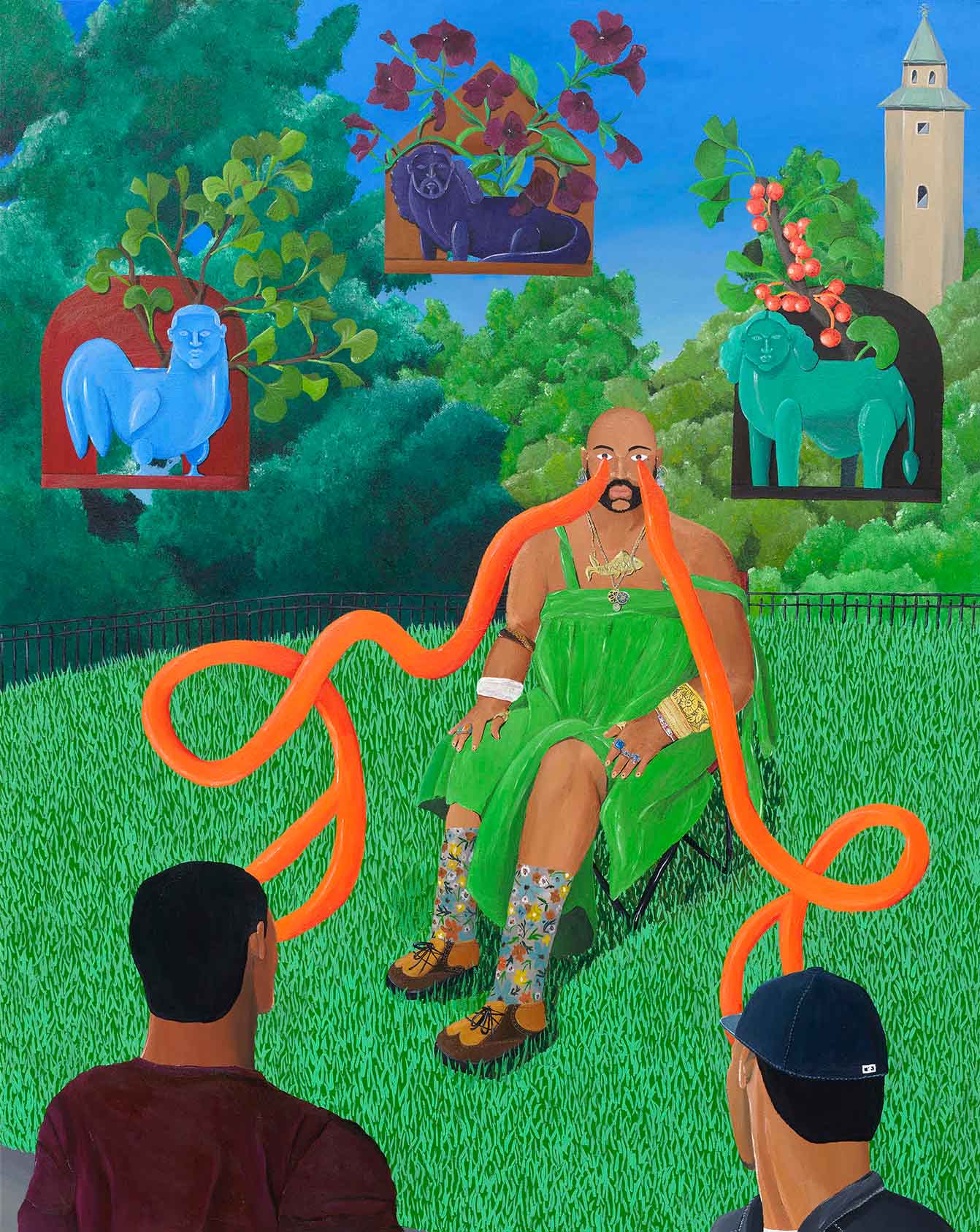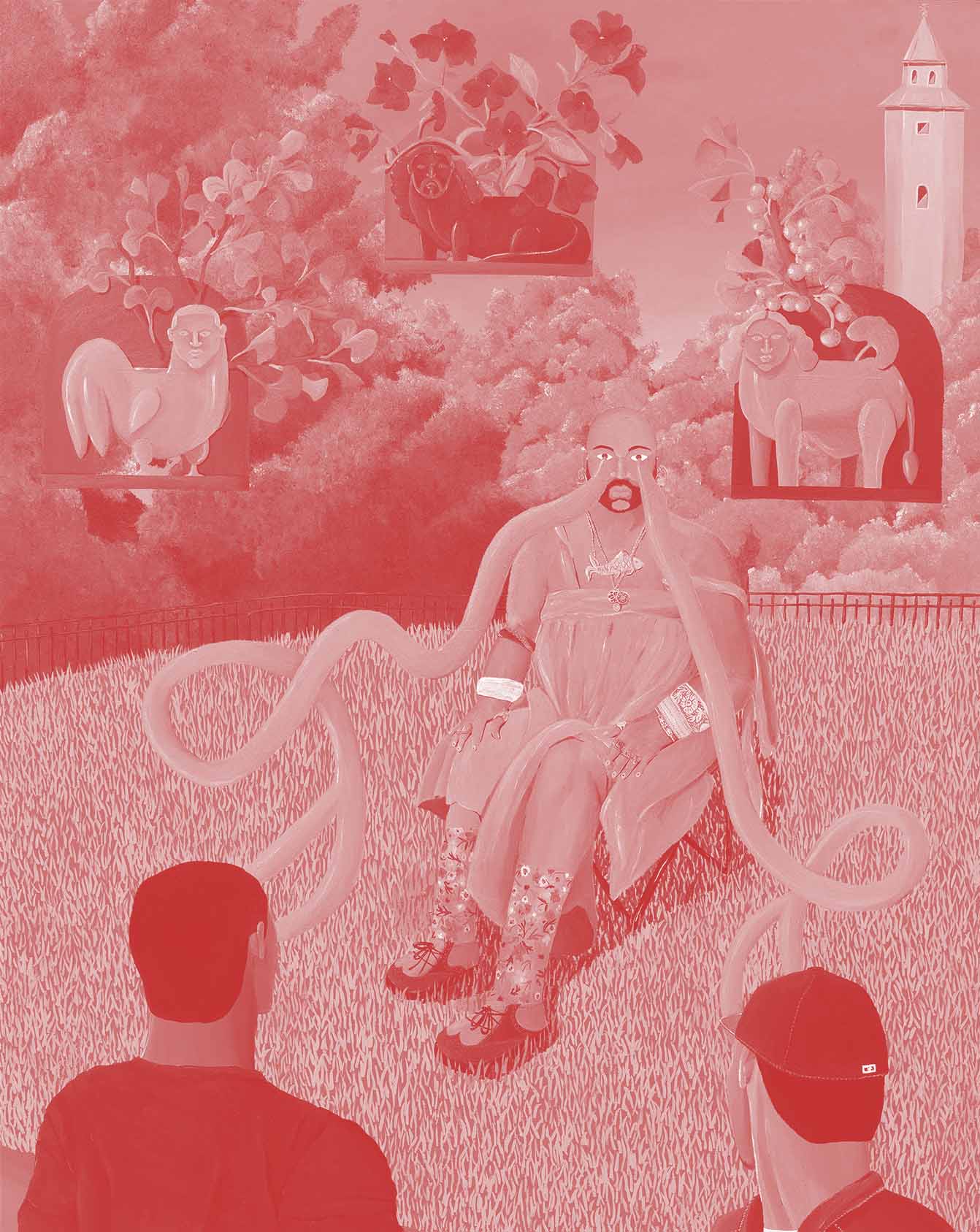
Discovering Patricia’s art through social media was like stumbling upon a treasure of Caribbean identity and captivating visuals. Our connection deepened when we had the pleasure of meeting her in person at one of our events in Brooklyn. Through meaningful exchanges, we explored her work and uncovered the fascinating journey of this multidisciplinary artist.
Congratulations on being selected as part of the 2023 Tribeca Artist Awards program! Can you talk about your experience? How did you get into expressing yourself with film as a medium?
Thank you!
Being part of the 2023 Tribeca Artist Awards program was indeed an experience. Being selected was an honor, especially considering the opportunity it provided to represent my community on such a platform. For me, it’s never just about personal recognition; it’s about demonstrating our community’s capacity to contribute to culture and knowledge on a global scale.
The Artist Awards Program, curated by Racquel Chevremont, was a collaboration between Chanel and the Tribeca Festival. Racquel, an Afro-Puerto Rican curator with a mission of inclusivity, curated a group of ten female artists, and I was fortunate to be among those she invited. Participating in this program was incredibly insightful. It allowed me to celebrate the work of the filmmakers showcased at the festival and granted me access to various festival events. It was an honor to rub shoulders with other talented artists. However, I also observed areas where the festival could improve in providing space and support for emerging artists.
Following my experience, I wrote an opinion piece about representation policies for Hyperallergic, where I unpacked my perspectives and reflections on the festival. I aimed to shed light on the festival’s strengths while constructively addressing areas that could be enhanced to accommodate emerging artists better and foster a more inclusive environment.
I donated a print from my collage series titled “I am from Where You Vacation,” the piece called “No Regreso.” This artwork was awarded to the talented Lebanese filmmaker Jude Chehab for their impactful work; that’s an honor to me.
Overall, being part of the Tribeca Artist Awards program was an enlightening and enriching experience. It allowed me to showcase my art and engage in critical conversations about representation, inclusivity, and the future of emerging artists within such esteemed platforms.
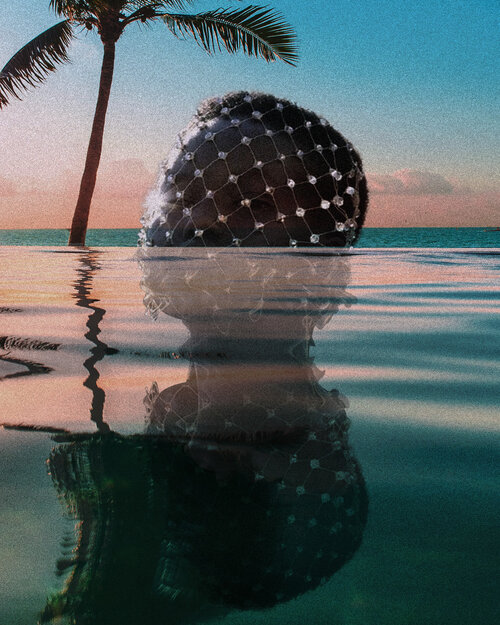
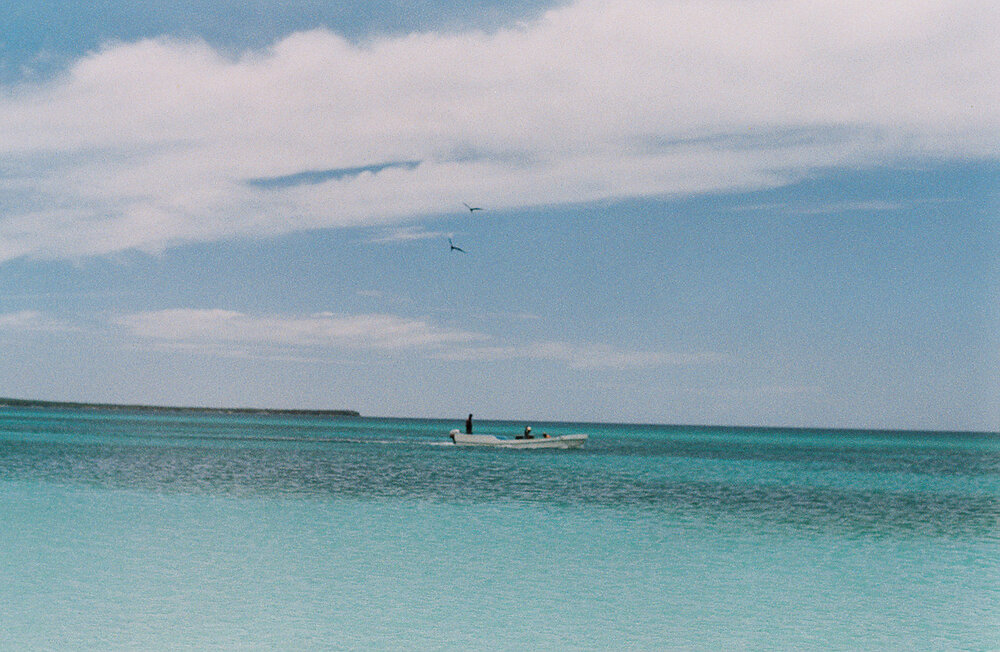
How has your upbringing in the Dominican Republic shaped your life and work?
Overall, my upbringing provided a stable foundation. I grew up in a working-class household with parents who came from el campo and el barrio but aspired to create a better future for their family. This ambition afforded me specific opportunities that many in the Dominican Republic don’t readily access, although our financial means remained limited. My mother worked as a “salonera” (hairdresser), while my father held various jobs, ranging from managing sugar cane carts to working in the state Department of Frontier Development.
My upbringing immersed me in an environment where everyday life held political significance, influencing both my artistic expressions and general discourse. Observing the daily conversations and situations in the beauty salon instilled a profound sense of community, shaping my understanding of beauty standards and womanhood. Conversely, accompanying my father on trips across the frontier, exploring the country, and delving into the intricacies of national planning and bi-national policies sparked my curiosity about the realities behind the surface.
Through these experiences, I realized that what was portrayed as reality often diverged significantly from the truth. This revelation became the cornerstone of my art—a quest to uncover the layers concealed beneath the apparent brightness and darkness, a pursuit that continues to define my artistic endeavors today.
How have the various residences you’ve participated in influenced your career trajectory?
The residencies I’ve participated in have played a pivotal role in shaping my career trajectory. These transformative experiences have offered insights and perspectives influencing my artistic journey.
One of the most significant impacts of these residencies is on my global views. This exposure has been instrumental in my artistic research, allowing me to explore and express global themes while uncovering the interconnectedness between seemingly disparate realities.
Moreover, these residencies have facilitated the establishment of relations between regions. Through interactions with fellow artists and local communities, I’ve been able to foster connections that transcend geographical boundaries. This interconnectedness has enriched my understanding of the world, allowing me to appreciate the similarities and shared experiences despite cultural differences.
Fundamentally, these experiences have expanded my comprehension of realities. By immersing myself in different cultural contexts, I’ve gained a deeper understanding of societal nuances, political landscapes, and historical backgrounds. This deeper understanding has been pivotal in informing the themes and narratives present in my art, allowing me to challenge and deconstruct hegemonic systems and societal constructs.
Art residencies have been more than just opportunities to create art. They have served as conduits for cultural immersion, enabling me to connect with communities, break down mental barriers, and dismantle the walls constructed by hegemonic systems. These experiences have shaped my artistic practice and allowed me to contribute meaningfully to a more interconnected and culturally rich creative landscape.

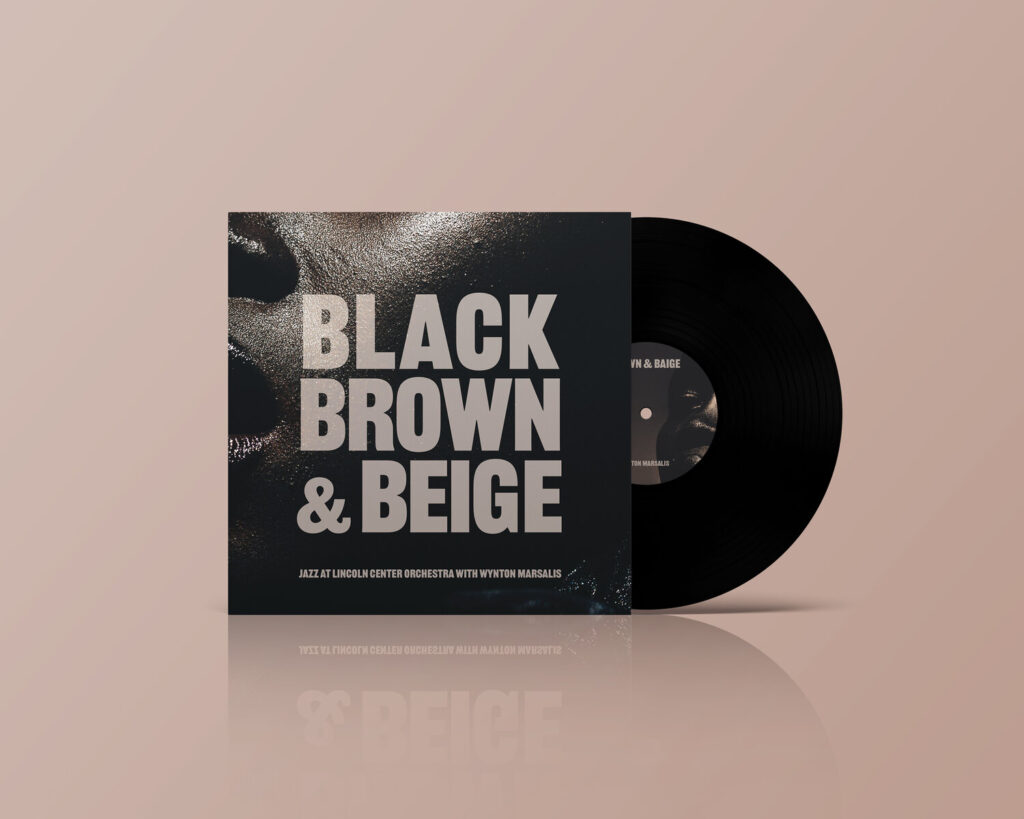
You are an artist with a design background. What are the similarities and differences in design and art?
As a multidisciplinary artist, I find that design and art share fundamental similarities in the creative process. The concept serves as the initial spark, the driving force that fuels the creation in both realms. There’s a desire to explore, innovate, and convey ideas in art or design.
Over time, I’ve noticed the increasingly blurred lines between art and design in my practice. While both fields involve exploring ideas and creative expression, a disparity lies in the commercial aspect associated with communication design. In my experience, design often operates within a commercial framework, catering to the needs of corporations or clients, driven by specific objectives and outcomes.
Conversely, in my art practice, the focus tends to differ. Art and design seek responses or solutions to a necessity or problem, but this essence varies. My art addresses collective struggles, aiming to resonate with broader societal issues and evoke responses from a larger audience. It’s about communicating and engaging with communities on a deeper level, seeking to provoke thought, reflection, and change.
On the other hand, design often provides solutions tailored to individual or corporate needs, driven by specific requirements. This distinction highlights a key difference in the audiences and purposes that art and design serve.
While acknowledging these distinctions, I’m working towards aligning my professional endeavors more closely. I aim to bridge the gap between my art and design practices, seeking ways to infuse elements of social consciousness and collective engagement into my design work. It’s a gradual process aimed at introducing more meaningful and impactful elements within the commercial aspects of design, moving beyond serving individual needs toward contributing to broader societal dialogues and change.
What are the challenges you face working in New York? Can you advise someone entering the art scene to overcome these challenges?
Emerging artists navigating New York City’s art scene face a duality of challenges and opportunities. The city’s wealth of resources and creative input from diverse communities can be overwhelming, potentially sidetracking artists from their creative objectives. Artists can leverage these resources by networking with fellow creatives, cultural institutions, and communities to flourish. Staying focused on personal artistic goals amidst numerous opportunities is crucial, ensuring alignment between endeavors and creative aspirations.
The city offers versatile working spaces like cultural institutions, wellness centers, libraries, etc, fostering collaboration and networking. Seeking financial support through grants or residencies that align with artistic values is essential to maintain your goals. Embracing diverse experiences, engaging with communities, and exploring varied art forms enriches professional and personal growth.
Prioritizing mental and spiritual well-being and fostering a supportive community are vital in the fast-paced city. Thriving as an emerging artist in New York involves embracing diversity, seeking meaningful opportunities, and nurturing community connections while staying true to one’s creative vision and values. This strategy enables artists to connect in the city’s vibrant and competitive artistic landscape.
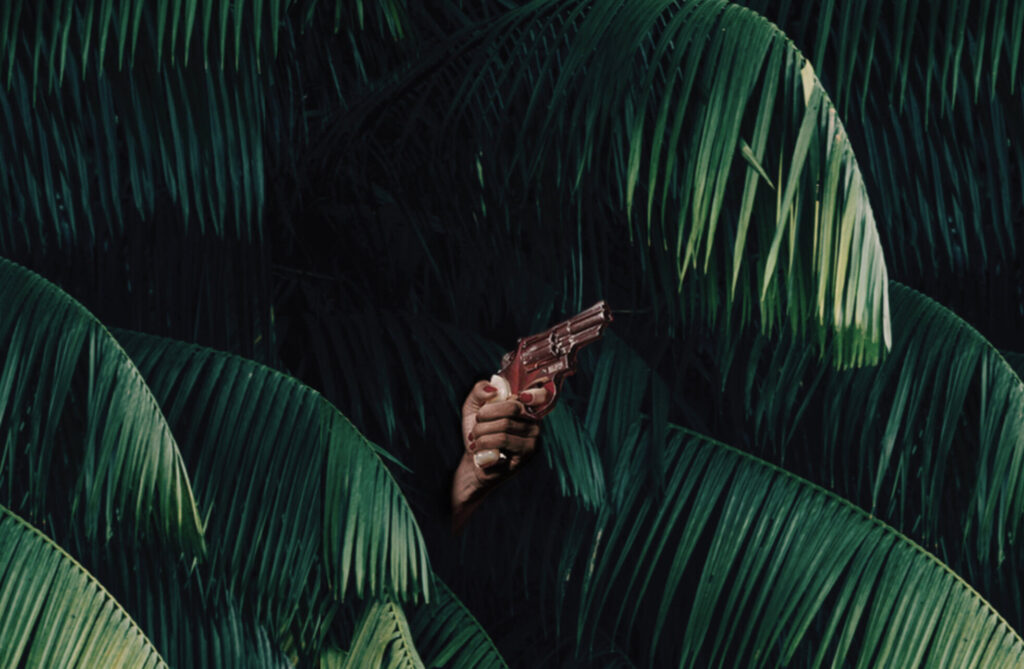
It was a pleasure to have this dialogue with Patricia, offering candid reflections on her upbringing, artistic influences, and her journey. It makes us at idioma studio proud to see that she is committed to advocating for representation, inclusivity, and showing the potential of art as a catalyst for positive change.

